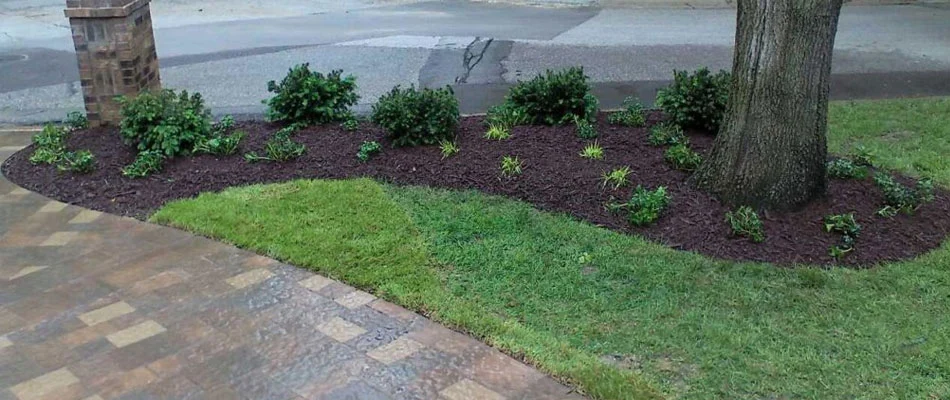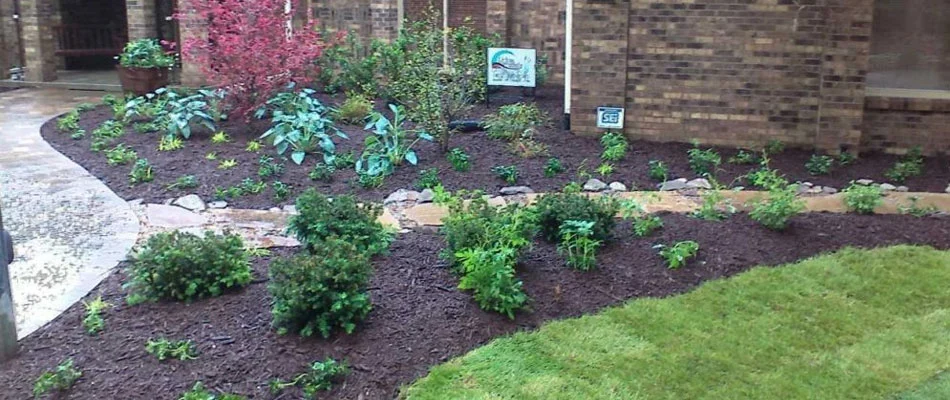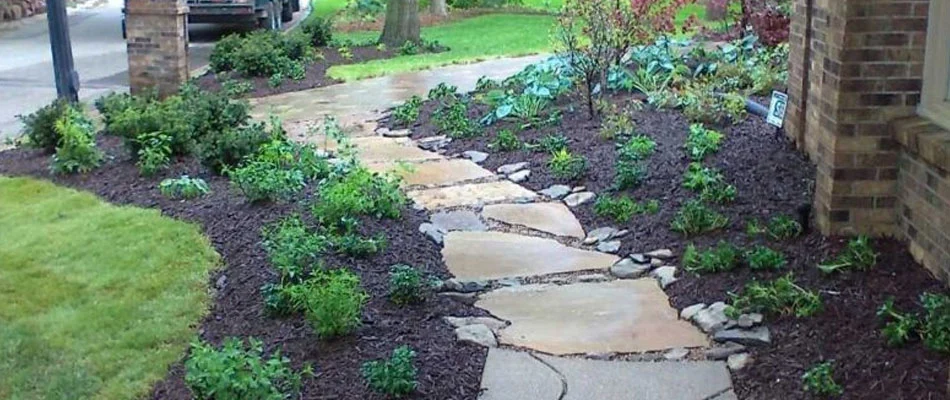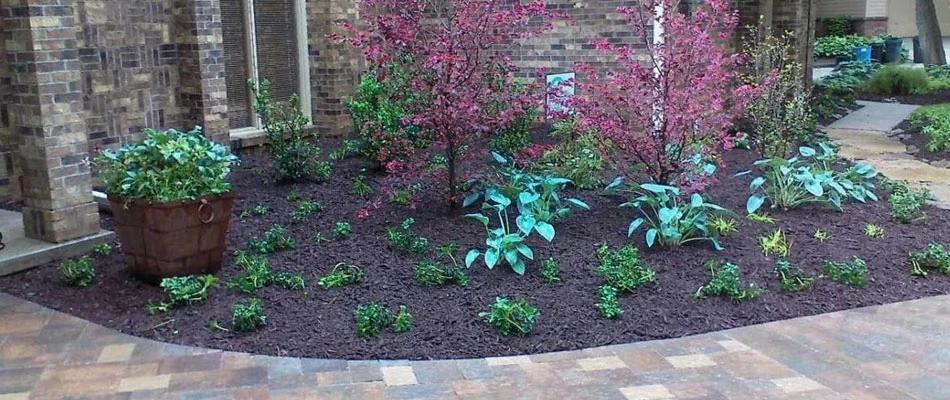How to water your new landscape.
Your landscape project is now complete and you are responsible for watering. What do you do? This blog will explain how to water, when to water, how much water specific plants need and provide tips on how to ensure your landscape plantings perform with the required about of watering necessary.
New plants require water at the root level to live and become established. The amount of water a plant requires depends on weather, exposure, soil type, size, and type of plant. The best indicator of whether or not to water your plants is to feel the soil. By checking the moisture at a depth of 4″ to 8″, just beyond the edge of the plant’s root zone, you’ll notice if the soil feels moist.
When water is needed, place the end of a garden hose at the base of the plant or run a soaker hose through the planting bed and provide a slow trickle of water.
- Perennials: 5-10 minutes
- Shrubs: 10-20 minutes
- Trees: 20-30 minutes
Tip: Water plants thoroughly according to these guidelines unless natural rainfall is more than 1″ per week.

How to water your plants based on what season they were installed.
Spring-Installed Plants (April -May)
- Week 1: Water thoroughly the first two days, then every other day.
- Weeks 2-3: Water once per week.
- Weeks 4 & after: Water every other week until September. In drought-like conditions water more frequently-i.e. once per week.
Summer-Installed Plants (June-August)
- Week 1: Water daily.
- Weeks 2-3: Water every other day.
- Weeks 4 & after: Water once a week through September. In drought-like conditions water more frequently-i.e. once per week.
Fall-Installed Plants (September-November)
- Week 1: Water thoroughly the first two days, then every other day.
- Weeks 2-3: Water once per week.
- Weeks 4 & after: Water every other week until continual frost is encountered.

Watering tips and tricks.
- Do not rely on sprinkler systems to water new plantings- do it by hand. Then you’ll know exactly how much water your plants are receiving.
- Soak your plants thoroughly so that the moisture gets to the bottom of the planting hole.
- Plants that do not receive adequate moisture at the depths of their rootlets will tend to root near the surface. This could lead to dependence on frequent watering and up-rooting during storms.
- Get to know your soil structure. Heavy clay soils retain moisture longer than sandy soils. If you are unsure of the moisture retention of your soil, dig down along the roots and feel it. If the soil feels water-logged or smells “swampy”, loosen it with a digging fork or rake out and allow it to air dry. If it feels dry-water it.
- Water during the early morning hours. This will help prevent loss of water by evaporation during the heat of the day.
- Avoid watering during the evening which could encourage disease.
- Try not to water plant foliage. Wet foliage encourages disease.
- Ironically, the symptoms of plants with too much water can be similar to those of plants not receiving enough water– in that you may notice wilting, scorched or yellow leaves. If you are watering too much, cut back. Feel the soil before watering and let it air out between watering.

If you have any questions on how to care for your plantings, please call our office at (402) 590-2040 to discuss the specific needs of your landscape.







Comments (0)
Thanks for your comment!
Thanks for your feedback! Your comments have been successfully submitted! Please note, all comments require admin approval prior to display.
Error submitting comment!
There is a problem with your comment, please see below and try again.